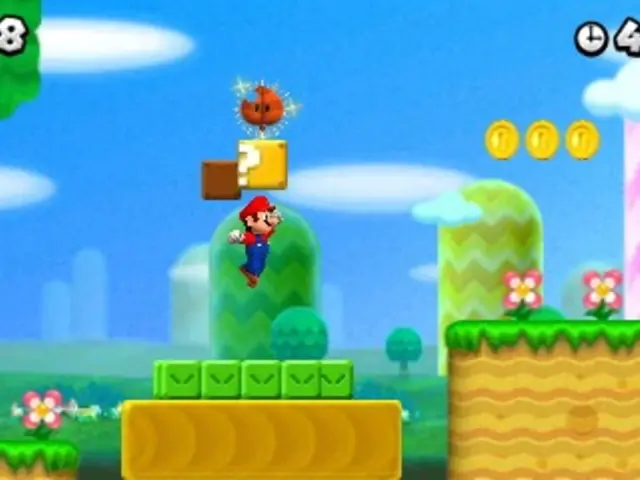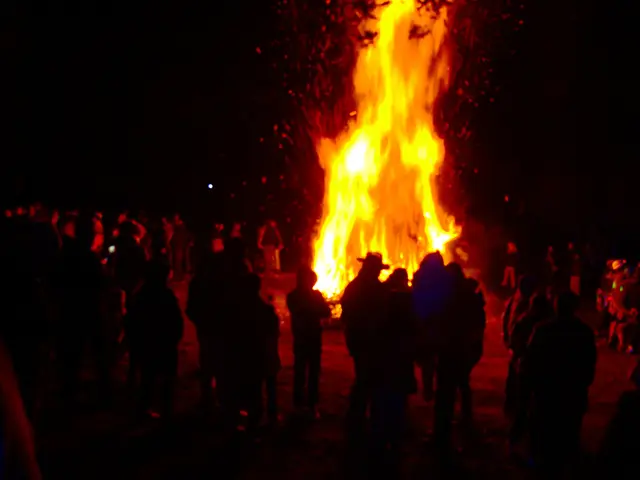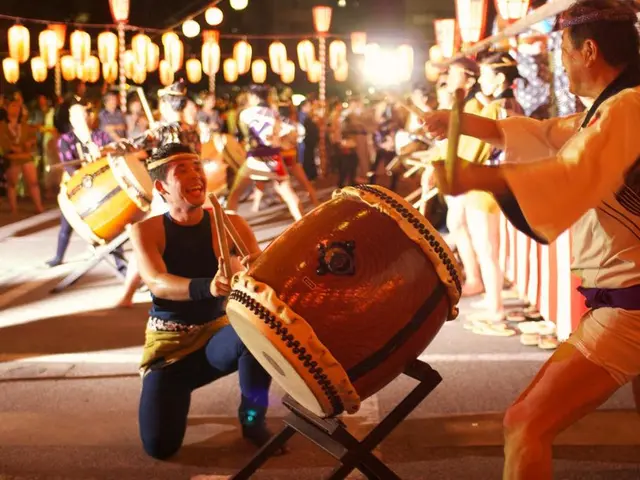Guidelines for Nurturing Your Bonsai Fruit Tree: Unveiling Our Top Three Picks!
For those looking to create a unique and edible work of art, bonsai fruit trees offer an appealing option. These miniature trees can provide not only aesthetic beauty but also delicious fruit and the satisfaction of growing something that requires less space compared to full-sized trees.
The key to successful bonsai fruit tree cultivation lies in understanding your USDA Hardiness Zone and local microclimate. Below is a curated list of top species for different zones, along with essential care instructions.
**Tropical Zones (USDA 9–11)**
In tropical regions, Calamondin Oranges, Key Limes, Limequats, Mandarin Oranges, Figs, and Avocados are popular choices. These trees are compact, evergreen, and produce small leaves and fruit.
**Warm Temperate Zones (USDA 7–8)**
Pomegranates, Olives, and Loquats are suitable for warm temperate zones. These trees are known for their small leaves, slow growth, and ornamental value.
**Cool Temperate Zones (USDA 5–6)**
Crabapples, Cherries, and Quinces are ideal for cooler regions. These trees produce small leaves, spring blooms, and ornamental fruit.
**General Bonsai Care Principles**
Regardless of the species, bonsai fruit trees require well-draining soil, regular watering, and balanced fertilization during active growth. Pruning is essential for shaping and refinement, while repotting should be done every 2–3 years for young trees and less frequently as they mature. Winter care varies depending on the tree's hardiness, with tropicals needing protection from frost and deciduous species requiring a cold period for dormancy.
**Special Considerations**
Light, pests, and disease are important factors to consider when caring for bonsai fruit trees. Most fruit trees require full sun, with grow lights used indoors to supplement light. Monitor for common pests such as aphids, scale, and spider mites, especially indoors. Ensure good air circulation and avoid overwatering to prevent root rot.
**Summary Table**
| Zone | Recommended Species | Notable Care Needs | |-----------|---------------------------------------------|--------------------------------------------| | 5–6 | Crabapple, Cherry, Quince (dwarf) | Winter protection, pruning after bloom | | 7–8 | Pomegranate (dwarf), Olive (dwarf), Loquat | Protect from hard frost, drought-tolerant | | 9–11 | Calamondin, Key Lime, Limequat, Mandarin, Fig, Avocado | Frost protection, regular feeding, shaping | | Indoors | All tropicals (citrus, avocado, etc.) | Bright light, humidity, winter warmth |
**Expert Tip:** For best results, choose species native or well-adapted to your zone. Even within zones, microclimates (urban heat, sheltered courtyards) can expand your options. Always research specific cultivar requirements before purchasing.
Cherry and crabapple bonsai trees are popular choices, known for their pink flowers, shiny red fruit, and delicate green foliage. Citrus bonsai trees, such as Meyer lemons and mandarin oranges, can produce full-sized citrus fruit that can be enjoyed fresh. Other bonsai fruit trees to consider include mulberry, fig, olive, pomegranate, lime, pear, and coffee (which fruits as well). Misting cherry bonsai trees between waterings can help keep them perky.
For those new to bonsai, the platform offers resources for learning bonsai fruit tree care, including articles, an online shop, and a Facebook page group for connecting with other bonsai lovers. An Ultimate Guide to Bonsai Tree Fertilizer is also available to help you get off on the right foot. Happy growing!
- In addition to understanding the USDA Hardiness Zone and local microclimate, those interested in bonsai fruit tree cultivation might find useful resources in articles, a shop, and a Facebook group that cater to bonsai education.
- For those who appreciate a balance between culinary art and gardening, bonsai fruit trees offer a great opportunity to grow compact trees that produce delectable fruits, such as cherries, crabapples, citrus fruits, or figs.
- aside from bonsai trees, care resources for other aspects of one's lifestyle can be found in fashion-and-beauty and food-and-drink publications, offering recipes, styling tips, and product reviews.
- As part of maintenance and upkeep for one's home, home-and-garden resources can provide information on care instructions for a variety of plants, including bonsai trees, as well as advice on home improvement and decor ideas.








